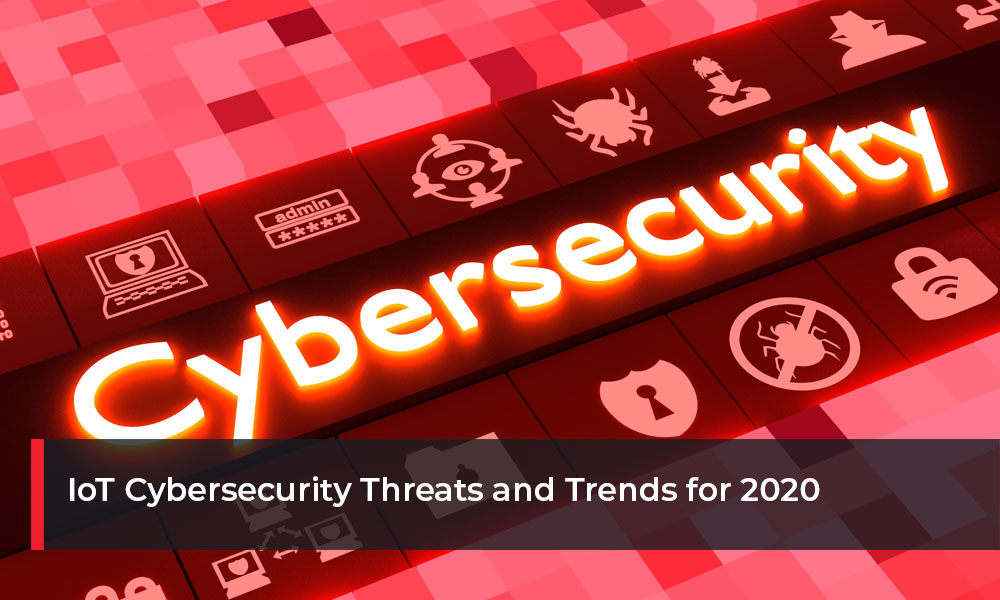The use of IoT technology is limited only by the imagination. Miniaturized sensors, the power of smartphones, and high-speed communications enable the technology to transition to additional industries and applications at a rapid pace.
Medical applications utilizing IoT technology enable devices such as implanted pacemakers to summon medical assistance when problems are detected.
Along with the many benefits obtained with implementing IoT architecture comes the threat of vulnerability from cybercrime and Denial of Service (DoS) attacks. How can businesses and individuals minimize such exposure and manage IoT security challenges?
The Internet of Things Explained
What makes the Internet of Things different from the traditional internet?
The internet is a complex network of servers and computers – millions or even billions – connected through a global network that allows storage, retrieval, and sharing of information of every type. This capability allows computers owned by businesses, individuals, organizations, and governments to communicate with each other and exchange data.
Most companies and consumers have taken advantage of this amazing sourced of information to:
● Conduct business
● Search for information
● Communicate with associates, friends, and family through email and social media
● Access retail and business-to-business (B2B) sites to make purchases
IoT takes the internet to the next level. With this technology, connectivity enables connected devices to communicate with each other directly – removing the need for human interaction.
IoT examples:
● Home security systems and doorbells that communicate directly with devices such as smartphones
● Industrial automation with sensors in manufacturing environments that can be managed remotely with connected devices
● Marketing strategies that utilize IoT kiosks in retail locations to notify shoppers via smartphone alerts about sales and other offers in their proximity
New Ways to Combat Cyber Risks and the Challenges/Threats of IoT
Cybercriminals are constantly searching for vulnerabilities in business networks, home computers, and now IoT devices for opportunities to steal information, extort businesses, and take control of computer systems remotely.
IoT devices open up a whole new world to hackers and cyberthieves. The responsibility falls on those implementing the technology to take all the necessary precautions to include appropriate safeguards.
How to Combat IoT Cyber Risk
There are several guidelines to consider that will contribute to the security of IoT environments.
● Implement network-level security to authenticate individual IoT devices. This prevents unrecognized requests from being accepted.
● Ensure compliance with regulations such as HIPAA for medical data or Europe’s GDPR requirements. This includes managing and encrypting data efficiently.
● Enforce secure passwords and regular changes. Do not allow the retention of default passwords for IoT devices.
● Include network architecture devices in IoT planning. Firewalls and routers are favorite entry points for hackers, as they are often neglected in password protection, patching, and software updates.
● Be prepared. No network, server, or IoT device is 100% free of vulnerabilities. The risk of being a victim of cyberattack – or at least an attempted attack – is very real. Formulate a contingency plan that provides for data recovery, isolating impacted devices, and alternatives to conducting business when devices must be quarantined.
Always select your device providers carefully. Not all IoT providers practice the same level of security in their offerings. Cheaper components from overseas vendors especially may not offer the same protection from cybersecurity threats.
New Opportunities to Come as IoT Matures
With the wide variety of businesses and applications that can benefit from IoT, there is sure to be increased adoption of the architecture:
● Cities and even smaller municipalities will implement or increase the use of IoT devices in metering electronically. Other opportunities will be increased surveillance camera use with remote monitoring.
● Machine learning will make IoT devices continuously smarter and more useful. Voice recognition systems that perform simple commands such as dimming lights or turning on televisions will learn owners’ habits and react accordingly, changing thermostat settings based on past preferences or suggesting streaming programs.
● Cars will become smarter with integrated IoT devices that alert drivers to potential hazards or recommend alternative routings.
● Increased network speeds such as 5G will further empower the use of IoT.
Along with these maturing technologies, the fact remains that IoT will remain a favorite target of cybercriminals, making IoT security a primary focus for businesses.
2020 Cybersecurity Trends
As in previous years, cybersecurity will remain a major concern through 2020 and beyond.
● Ransomware has been on the increase, impacting businesses across many industries, including municipalities. This will continue as hackers gain more insight into IoT weaknesses.
● Managed service providers will provide additional expertise for clients as they gain more knowledge of cyberattack methodologies and best-in-class defenses.
● Medical device providers will need to increase awareness of the vulnerabilities present in such implanted equipment as pacemakers and insulin pumps, taking appropriate actions to minimize risks to patients.
● Extensive attention to IoT devices utilized in smart vehicles and transportation systems will be critical in providing safety and reliability for passengers.
DSI – Your Partner in IoT Cybersecurity
IoT will comprise an estimated 41.6 billion devices by 2025. With this enormous number of devices and the data they contain, vulnerability is a major concern for businesses adopting the technology.
Document Solutions, Inc. (DSI) managed services provides our clients in El Paso and throughout New Mexico with unmatched expertise in network and IoT security.
For more information on how DSI can help your business, healthcare institution, or other organization implement a comprehensive defense against IoT cyberattacks, contact our security professionals today.

